
Umeå University is a public research university located in Umeå, in the mid-northern region of Sweden. The university was founded in 1965 and is the fifth oldest within Sweden's present borders.

The University of Tehran is a Collegiate university and the oldest and most prominent Iranian university located in Tehran, Iran. Based on its historical, socio-cultural, and political pedigree, as well as its research and teaching profile, UT has been nicknamed "The Mother University [of Iran]". It is also the premier knowledge producing institute among all OIC countries. The university offers more than 111 bachelor's degree programs, 177 master's degree programs, and 156 PhD. programs. Many of the departments were absorbed into the University of Tehran from the Dar al-Funun established in 1851 and the Tehran School of Political Sciences established in 1899.
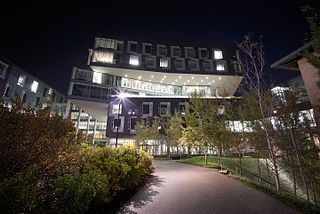
The School of Computer Science (SCS) at Carnegie Mellon University in Pittsburgh, Pennsylvania, US is a school for computer science established in 1988. It has been consistently ranked among the best computer science programs over the decades. As of 2024 U.S. News & World Report ranks the graduate program as tied for No. 1 with Massachusetts Institute of Technology, Stanford University and University of California, Berkeley.

Bert Sakmann is a German cell physiologist. He shared the Nobel Prize in Physiology or Medicine with Erwin Neher in 1991 for their work on "the function of single ion channels in cells," and the invention of the patch clamp. Bert Sakmann was Professor at Heidelberg University and is an Emeritus Scientific Member of the Max Planck Institute for Medical Research in Heidelberg, Germany. Since 2008 he leads an emeritus research group at the Max Planck Institute of Neurobiology.

Shahid Beheshti University (SBU), originally founded as the Melli University, is a public research university in Tehran, Iran. The university offers programs at Bachelor's, Master's and Ph.D. levels.
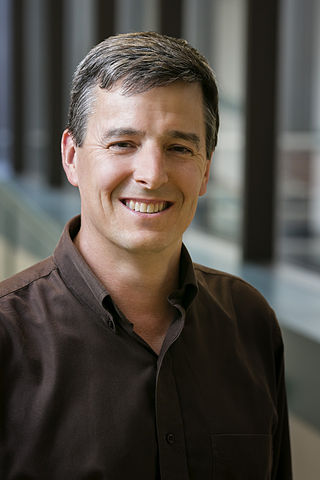
John A. Rogers is an American physical chemist and a materials scientist. He is currently the Louis Simpson and Kimberly Querrey Professor of Materials Science and Engineering, Biomedical Engineering, and Neurological Surgery at Northwestern University.

The McCormick School of Engineering is the engineering school of Northwestern University, a private university in Evanston, Illinois.
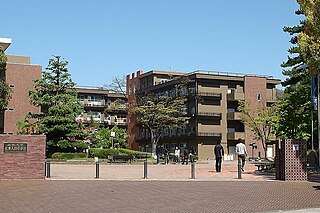
The University of Yamanashi, abbreviated to Nashidai (梨大)Note, is a national university that has campuses in Kofu and Chūō, Japan. The University of Yamanashi has its origin in “Kitenkan”(徽典館) which was founded in 1795 as a branch school of “Shoheizaka-School” of Tokugawa Government and was reformed into the Normal School of Yamanashi after the Meiji Restoration. In 1921 the Normal School of Yamanashi for Junior and in 1924 the Yamanashi High School of Engineering were established. After the World War II these three schools were integrated to the University of Yamanashi according to the new school system of Japan. In 1978 the Yamanashi Medical University was opened which was only a Medical University in Prefecture of Yamanashi. Today’s University of Yamanashi was founded in 2002 by a merger between (former) University of Yamanashi and Yamanashi Medical University. It is formally referred to as the National University Corporation University of Yamanashi. In 2012 the Faculty of Education and Human science and the Faculty of Engineering were reorganized and the Faculty of Life and Environmental Science was newly established. In 2016 the lifelong studies course in the Faculty of Education and Human science was abolished, and the faculty was renamed to the Faculty of Education.

The University of Virginia School of Medicine is the graduate medical school of the University of Virginia. The school's facilities are on the University of Virginia grounds adjacent to Academical Village in Charlottesville, Virginia as well as a second campus located in Falls Church, Virginia. Founded in 1819 by Thomas Jefferson, UVA SoM is the tenth oldest medical school in the United States. The School of Medicine confers Doctor of Medicine (M.D.) and Doctor of Philosophy (PhD) degrees, and is closely associated with both the University of Virginia Health System and Inova Health System. UVA SoM is widely considered to be one of the most prestigious public medical schools in the United States.
Arthur C. Vailas is an American scientist and academic administrator who served as the 12th president of Idaho State University, from July 2006 to June 2018.
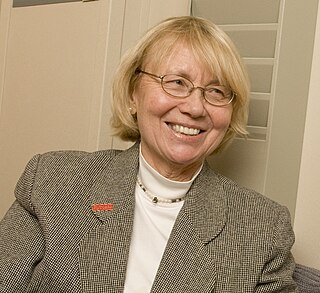
Joan Wennstrom Bennett is a fungal geneticist who also is active in issues concerning women in science. Educated at Upsala College and the University of Chicago, she was on the faculty of Tulane University for 35 years. She is a past president of the American Society for Microbiology (1990-1991) and of the Society for Industrial Microbiology and Biotechnology (2001-2002), and past Editor in Chief of Mycologia (2000-2004). She was elected to the National Academy of Sciences in 2005.
Harry Eugene Stanley is an American physicist and University Professor at Boston University. He has made seminal contributions to statistical physics and is one of the pioneers of interdisciplinary science. His current research focuses on understanding the anomalous behavior of liquid water, but he had made fundamental contributions to complex systems, such as quantifying correlations among the constituents of the Alzheimer brain, and quantifying fluctuations in noncoding and coding DNA sequences, interbeat intervals of the healthy and diseased heart. He is one of the founding fathers of econophysics.
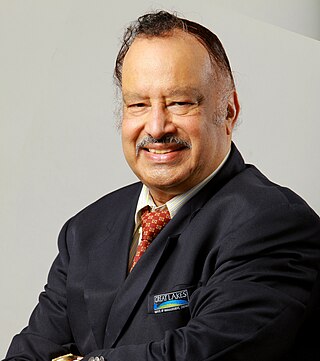
Bala V. Balachandran was an Indian academic who was Professor Emeritus of Accounting Information & Management at the Kellogg School of Management at Northwestern University. He was also the founder, chairman and dean emeritus of Great Lakes Institute of Management in Chennai, India.
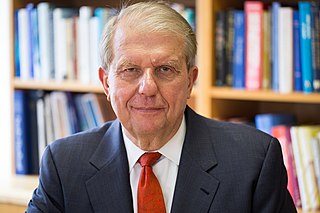
Leo M. Chalupa is a Ukrainian-American Neuropsychologist who was Vice President for Research and is Professor of Pharmacology and Physiology at George Washington University. He was previously a Distinguished Professor of Ophthalmology and Neurobiology at the University of California, Davis and Chairman of the Department of Neurobiology, Physiology and Behavior where he also served as the Director of the UC Davis Center for Neuroscience and Interim Dean of the College of Biological Sciences.

Nichole Pinkard is an American computer scientist and the Alice Hamilton Professor of Learning Sciences and faculty director of the Office of Community Education Partnerships (OCEP) in the School of Education and Social Policy at Northwestern. She is helping lead a collaboration with Apple and the Chicago Public School system to teach computer programming to teachers.
Joseph L. Schofer is an American civil engineer specializing in transportation engineering. He has been a professor, consultant and advisor of transportation systems planning, urban planning, urban infrastructure, and related topics.
Gordon Lynn Walls was an American professor of physiological optics and optometry at the University of California, Berkeley
Gabriel Alejandro Silva is an American neuroscientist and bioengineer. He is a Professor of Bioengineering and Faculty Endowed Scholar in Engineering at the Jacobs School of Engineering at the University of California, San Diego (UCSD) as well as the Founding Director of the Center for Engineered Natural Intelligence (CENI) at UCSD.
Christina Alma Elisabeth Enroth-Cugell, was a vision scientist who was a professor at Northwestern University for 31 years, was a founding faculty member and one of the first women to teach at the McCormick School of Engineering and chaired the Department of Neurobiology at the Weinberg College of Arts and Sciences from 1984 to 1986. Her husband David Cugell was a professor at the Feinberg School of Medicine for 58 years, the longest tenure in the school’s history.












